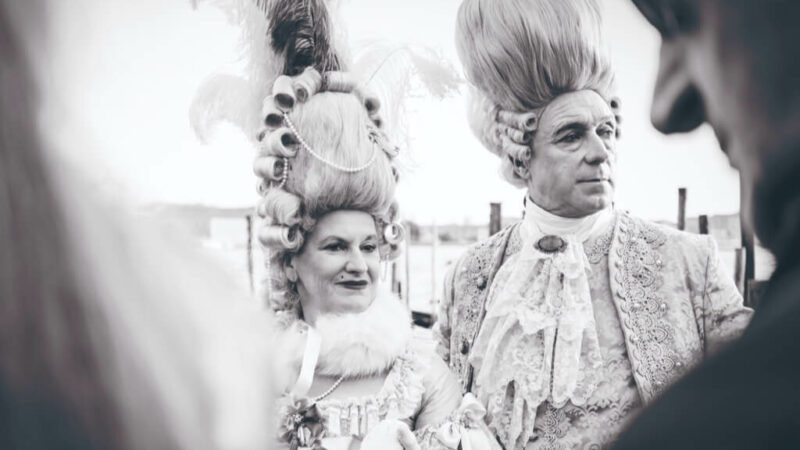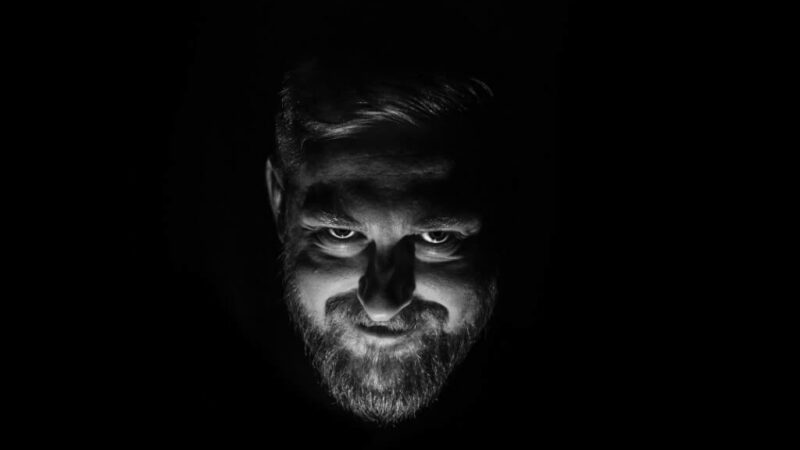Exploring the Dream World of Blind Individuals

Dreams are a universal human experience, yet their nature can significantly vary among individuals, especially between the blind and the sighted. For those who are blind, particularly if they lost their sight before the age of 5-7, dreams typically do not include visual elements. Instead, their dream experiences are primarily auditory and may include heightened sensations of taste, smell, and touch.
Interestingly, some blind individuals report abstract visual experiences in dreams, akin to a sense of ‘seeing’ something, but these are not concrete visual images. Their dreams often consist of sensory elements that they are familiar with in their waking life. For those who became blind after the age of 5-7, initial dreams often retain visual elements that gradually decrease over time, becoming more abstract and sensory-focused.
Helen Keller’s experiences offer an intriguing perspective on how the blind dream. Before learning to communicate, she described her dreams as devoid of sound, sight, thought, or emotion, except for abstract sensations and fear. As she gained more knowledge and sensory experience, her dreams evolved to include more defined elements. This transformation highlights how the brain adapts to sensory inputs over time and influences dream content.
The Role of Sensory Input in Dream Formation
The brain’s functioning during sleep differs significantly for the blind, particularly for those blinded early in life. Research indicates that rapid eye movements (REMs), typically associated with vivid dreaming, are less frequent or absent in these individuals. This suggests that visual experiences, or the lack thereof, impact the physiological processes of dreaming.
In the absence of visual input, other senses take precedence in the dreams of the blind. Deaf individuals, for instance, experience dreams devoid of sound but with enhanced visual and sign language elements. This sensory replacement suggests that the brain compensates for the lack of one sense by amplifying others, leading to a richer experience in the remaining senses.
Theories on Dream Formation in the Blind
One theory posits that dreams arise from neural oscillations caused by suppressed sensory input during sleep. This concept is supported by the fact that sensory signals, except for smell, pass through the thalamus, which becomes less active during sleep, leading to internal brain-generated sensations that manifest as dreams.
Another theory suggests that dreams are excitations of long-term memories without the usual reality-check filters of the waking brain. This idea aligns with the experiences of people like Helen Keller, whose dreams initially lacked defined sensory inputs but evolved as she acquired more sensory experiences.
Implications and Further Research
The role of dreaming in memory formation is a subject of ongoing research. Studies indicate that REM sleep and associated cortisol levels may help in consolidating memories, though the exact mechanism remains a mystery. For the blind, this process might be even more crucial, as dreams could play a role in reinforcing and organizing sensory experiences and memories.
An interesting aspect of perception among the blind is their criteria for beauty, often based on tactile sensations like smoothness. This perspective provides a unique insight into how sensory deprivation influences aesthetic appreciation and perception.
Neural Mechanics of Dreaming in the Blind
The process of dreaming in individuals who have been blind since birth presents a unique neurological landscape. Brain scans during sleep reveal notable differences compared to sighted individuals. While it’s a common misconception that the blind do not dream in visual images, studies indicate that they indeed do, albeit less frequently and intensely. This reduced visual component in dreams is supplanted by a heightened presence of other sensory experiences, particularly sound, smell, and touch.
The absence of visual experiences from the external world in those blind from birth means their brains have never formed visual memories connected to this realm. Consequently, the visual aspects of their dreams are not constructed from these memories or their associated neural circuitry. Instead, these visual sensations originate from internal electrical fluctuations in the brain. This implies that in their dreams, individuals blind from birth might not visualize detailed objects like apples or chairs, but rather experience abstract visual sensations such as spots or flashes of color.
Interestingly, these visual elements can correspond with other sensory experiences in the dream. For example, the sound of a police siren moving from left to right in a dream might be accompanied by a correlating visual movement of a color spot. This interplay suggests a complex neural mechanism where the brain compensates for the lack of visual memory by intertwining other sensory modalities with abstract visual cues.
A Parallel to the Blind’s Experience
Intriguingly, research into the dreaming patterns of humans before birth reveals a parallel to the dreaming experience of those blind from birth. Despite the absence of visual experience due to the darkness of the womb, brain scans indicate that fetuses dream in visual images. This phenomenon is remarkably similar to the dreaming experiences of adults who have been blind since birth, as both groups have not formed visual memories from the external world.
The fetal dreaming experience underscores a fundamental aspect of human neurology: the intrinsic ability to generate visual images in dreams, independent of real-world visual experiences. This inherent capability suggests that the human brain is pre-wired for visual processing, and in the absence of external visual stimuli, it can still produce visual sensations in dreams. This capability could be an evolutionary trait, highlighting the brain’s remarkable adaptability and its ability to create sensory experiences beyond the constraints of actual sensory input.
Audio-Based Learning Aids
For individuals who are blind, especially those who lost their sight at an early age, audio-based learning tools are invaluable. These tools can include audiobooks, podcasts, and educational audio programs that provide a rich array of auditory experiences. Engaging with diverse soundscapes and narratives can enhance the cognitive and sensory experiences, potentially influencing dream content with a broader range of auditory stimuli.
Tactile Learning Materials
Tactile learning materials like Braille books, 3D models, and textured educational aids allow individuals who are blind to explore and understand the world through touch. This tactile exploration can enrich their sensory experiences and, in turn, reflect in more vivid and diverse dream content, as dreams often draw from daily sensory experiences.
Olfactory Stimulation Tools
Olfactory stimulation tools like scented candles, essential oil diffusers, and aroma therapy kits can help in enhancing the sense of smell and taste. For those who are blind, especially from a young age, strengthening these senses can contribute to a more vivid array of smell and taste sensations in their dreams.
Technology-Assisted Sensory Exploration
Modern technology offers various tools for sensory exploration and learning. Devices like tactile tablets that provide haptic feedback and audio description services for movies and television shows can enrich the sensory experiences of individuals who are blind. These technologies can help them build a more comprehensive understanding of the world, which can positively influence their dream experiences.
Mindfulness and Meditation Audio Programs
Mindfulness and meditation practices, particularly those guided through audio programs, can be beneficial for individuals who are blind. These practices encourage heightened awareness of internal sensations, thoughts, and emotions. Engaging in regular mindfulness and meditation can not only enhance mental well-being but also potentially influence the nature and quality of dream experiences by fostering a deeper connection with one’s inner sensory world.
Understanding the unique dream experiences of those without sight opens a window into the remarkable adaptability of the human mind. These dreamscapes, rich in auditory, tactile, and olfactory sensations, remind us of the brain’s incredible ability to compensate for the absence of visual stimuli. It’s a testament to how the other senses become amplified, creating a vivid and sensory-rich dream world. This insight not only enhances our understanding of the human experience but also underscores the diversity and resilience inherent in our sensory perceptions.



